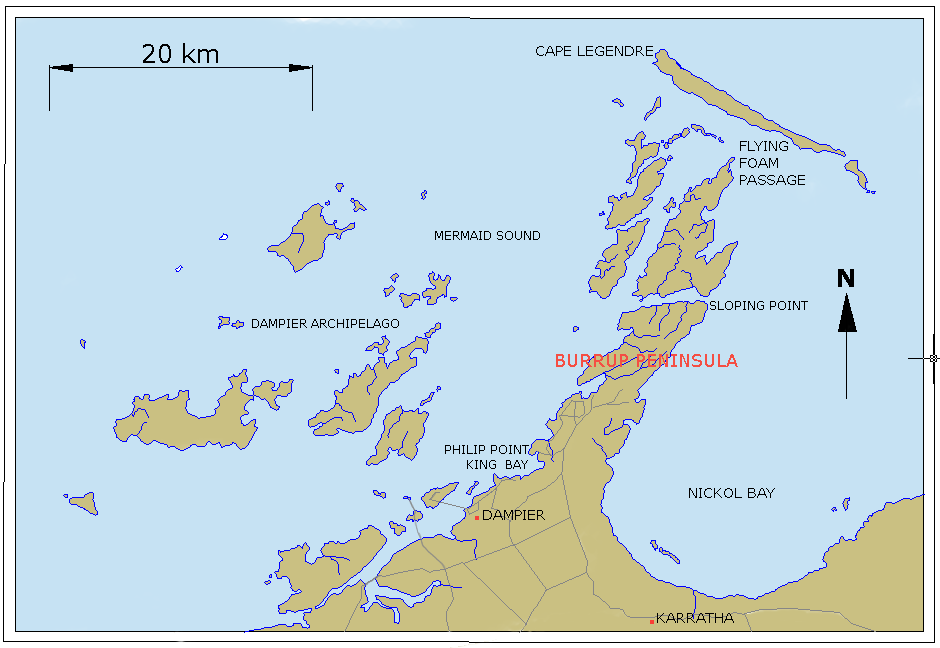The WA government has admitted it has deregistered 30 Aboriginal sites under “invalid” guidelines to Aboriginal heritage laws that alter the definition of ‘sacred site’ and were quashed by the Supreme Court earlier this year.
But the state government will not say when or whether it will reverse the decisions.
In April, WA Aboriginal Affairs Minister Peter Collier told Parliament that 21 sites had been deregistered as ‘sacred sites’. This included the internationally renowned Burrup Peninsula, or Murujuga, on the Dampier Archipelago, which contains a museum of priceless rock art already vulnerable to development.

The sites had been deregistered under new guidelines to section 5 (b) of the state’s weak Aboriginal Heritage Act, adopted by the state Aboriginal Cultural Materials Committee (ACMC) in 2013, based on advice from the State Solicitor’s Office (SSO).
The guidelines specified that a sacred site needed to be “devoted to a religious use rather than a place subject to mythological story, song or belief”.
But that definition was quashed by the Supreme Court in the Robertson vs Fielding decision, which found the new guidelines were inconsistent with the Aboriginal Heritage Act, and the historic interpretation of ‘sacred site’.
The Marapikurrinya traditional owners had originally been given little notice that the ACMC had deregistered a spiritually significant waterway which takes in Port Hedland Harbour, but the landmark ruling determined the area was, in fact, a sacred site.
The decision led to further questions in the WA Parliament about other sacred sites that had been deregistered under the new guidelines.
During questioning in a WA budget estimates committee, Director General of the Department of Indigenous Affairs Cliff Weeks admitted that about 30 sites had been deregistered as a result of the new guidelines.
He did not provide a list of the sites.
According to the Department, a further 30 Aboriginal sites had been knocked back for registration as ‘sacred sites’ under the flawed guidelines.
Acting Deputy Director General Aaron Rayner told the estimates committee that the guidelines included other parts of the heritage laws, and not just section 5 (b).
Mr Weeks told shadow Aboriginal Affairs spokesperson Ben Wyatt that there was no set timeframe for a review of the decisions.
“We are trying to do it as fast as we can, but at this stage it could be six months.”
Mr Rayner claimed the Department was “taking it very seriously”.
“We immediately took the guidelines from the website and we have gone back to the state solicitor to seek a bit more clarification,” Mr Rayner said.
“I know there was a subsequent flaw in the guidelines, but people found them useful, so we are looking to get a better standard of guideline into the community as soon as possible.”
Donate To New Matilda
New Matilda is a small, independent media outlet. We survive through reader contributions, and never losing a lawsuit. If you got something from this article, giving something back helps us to continue speaking truth to power. Every little bit counts.



